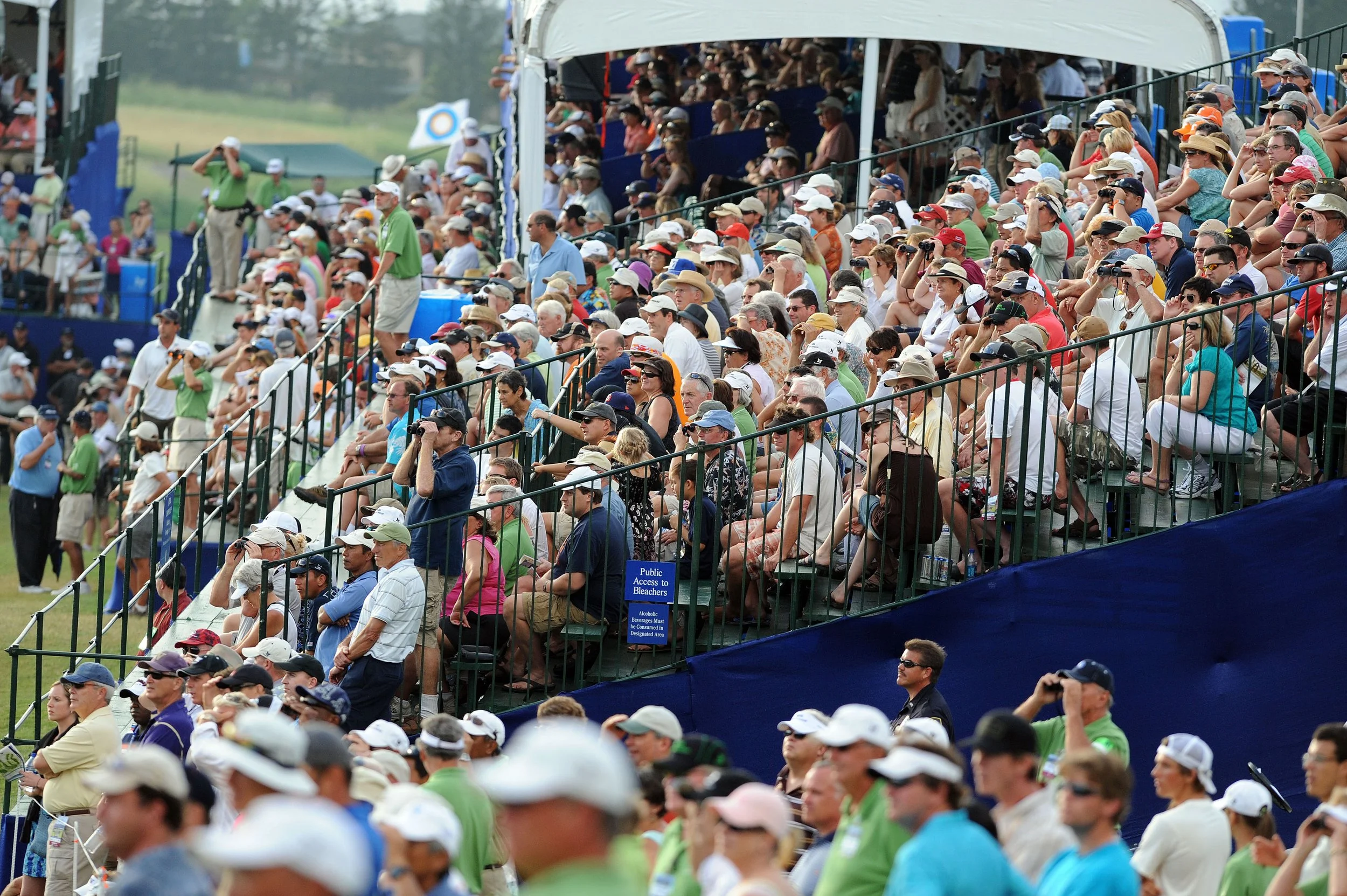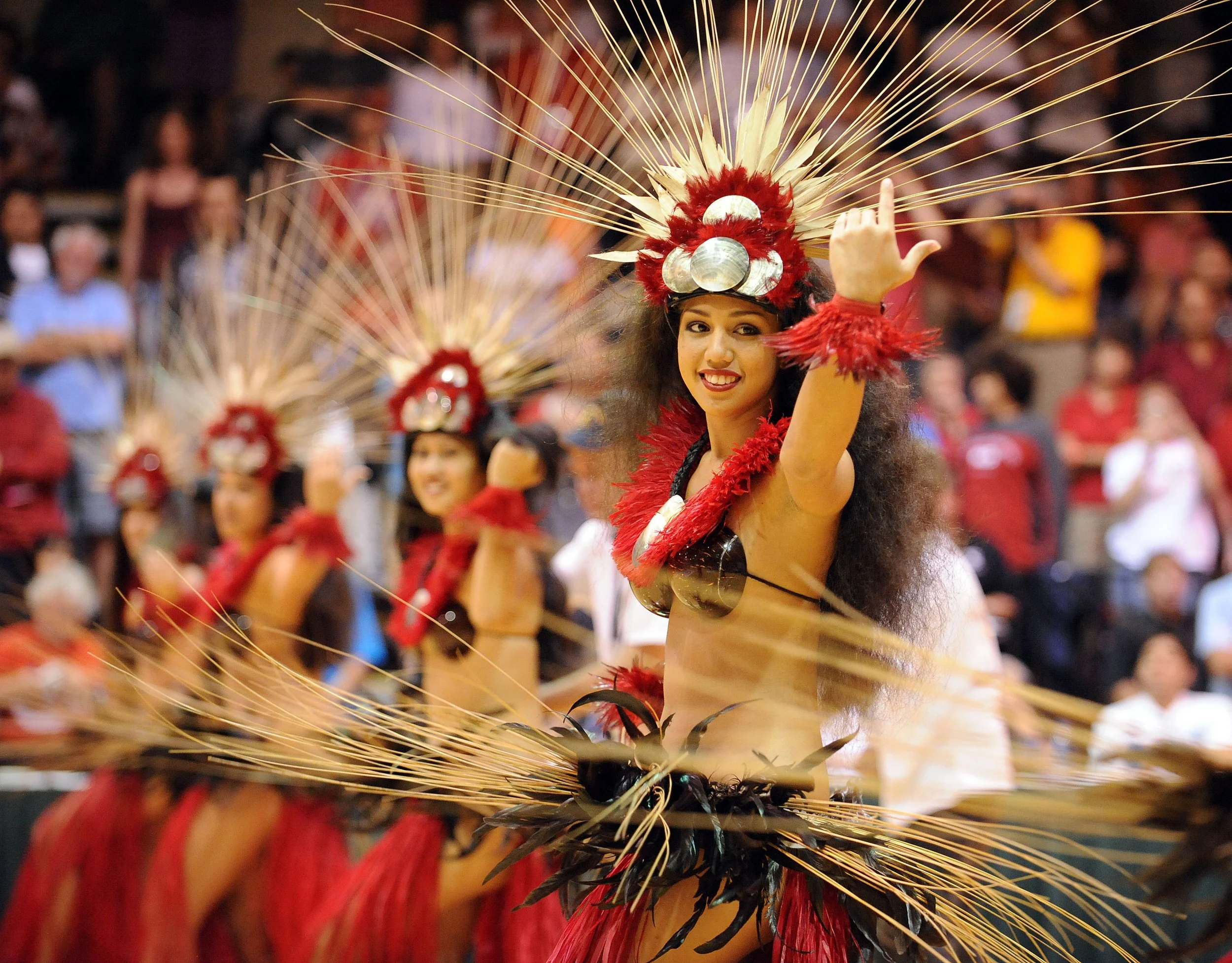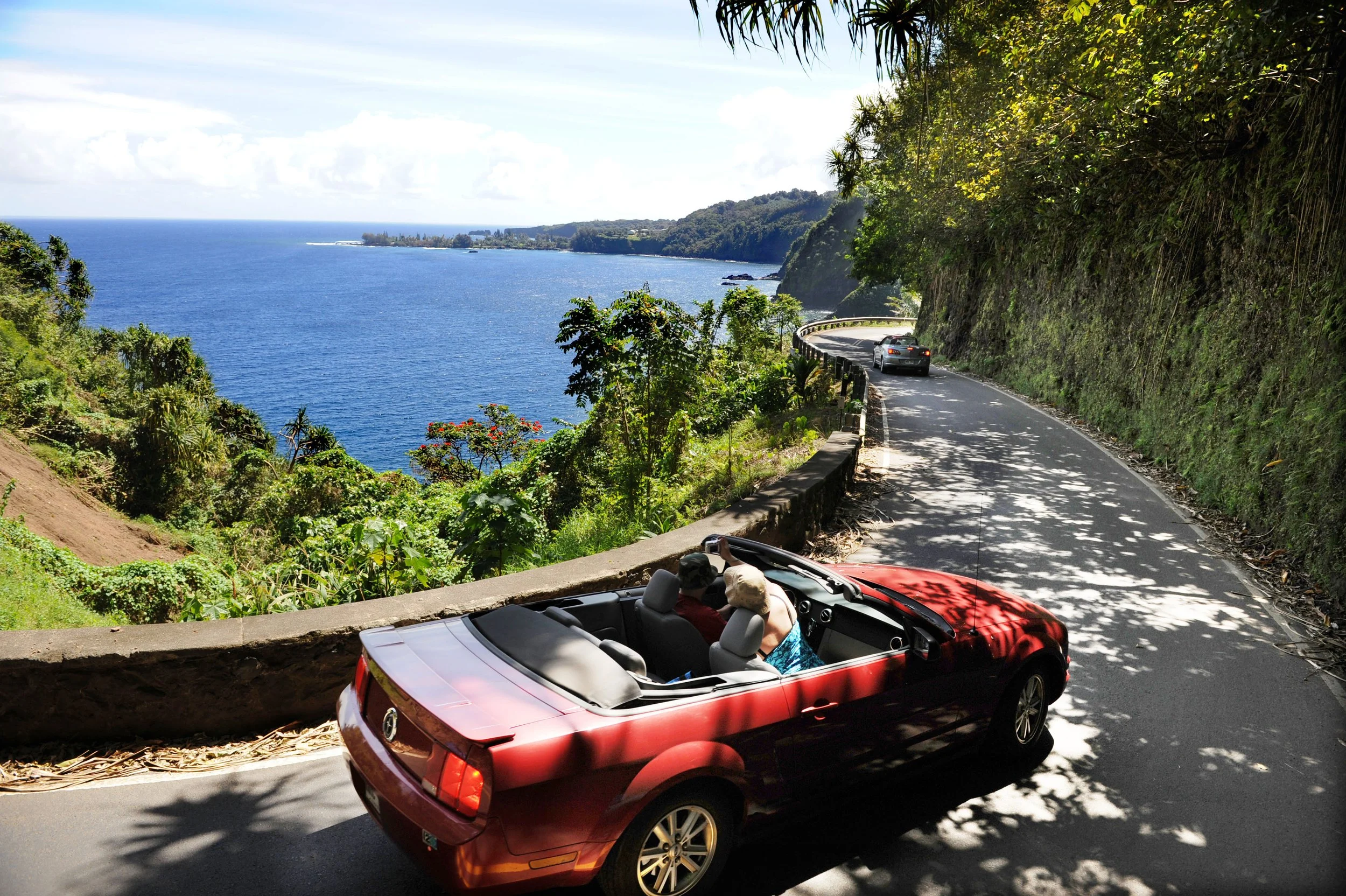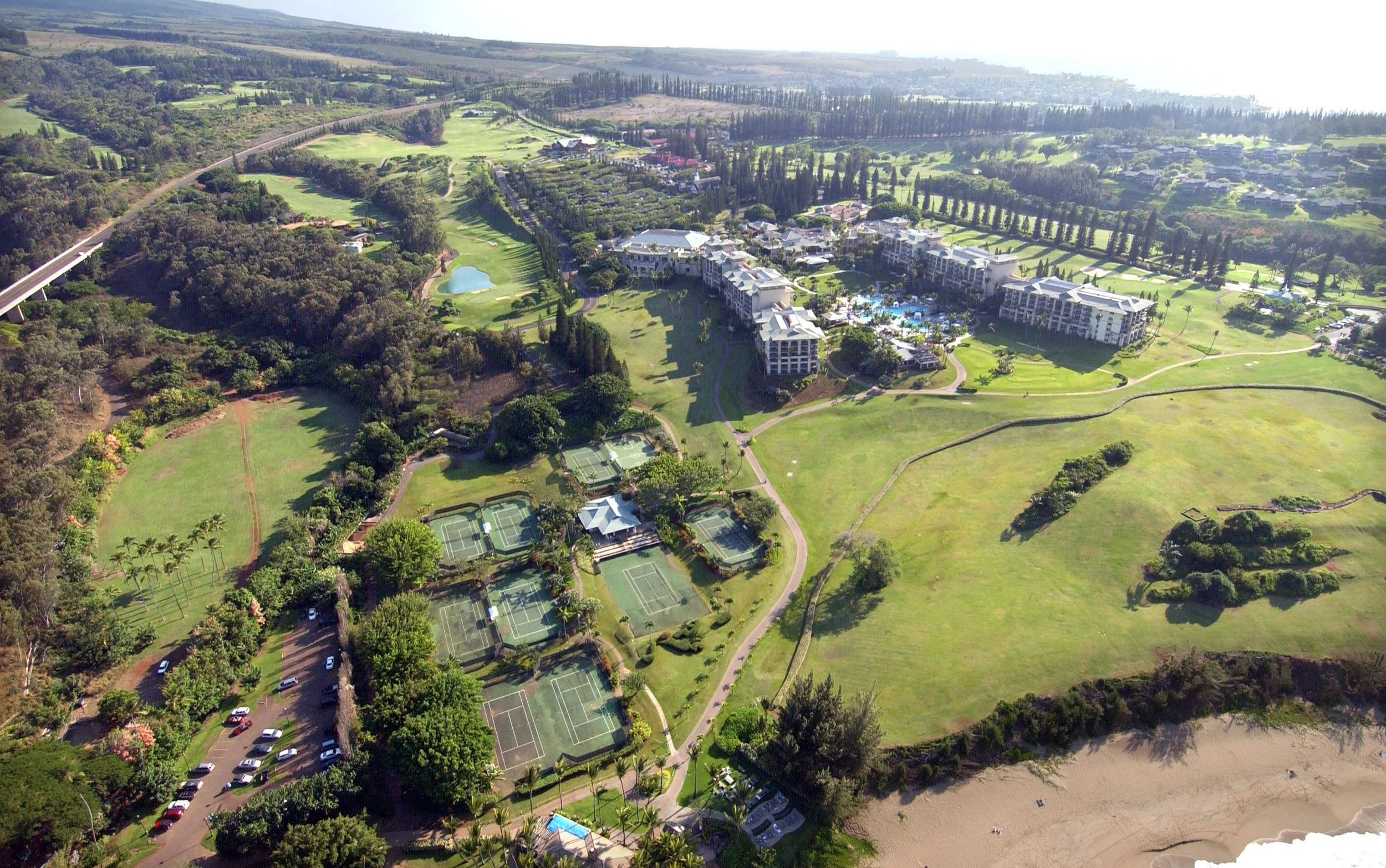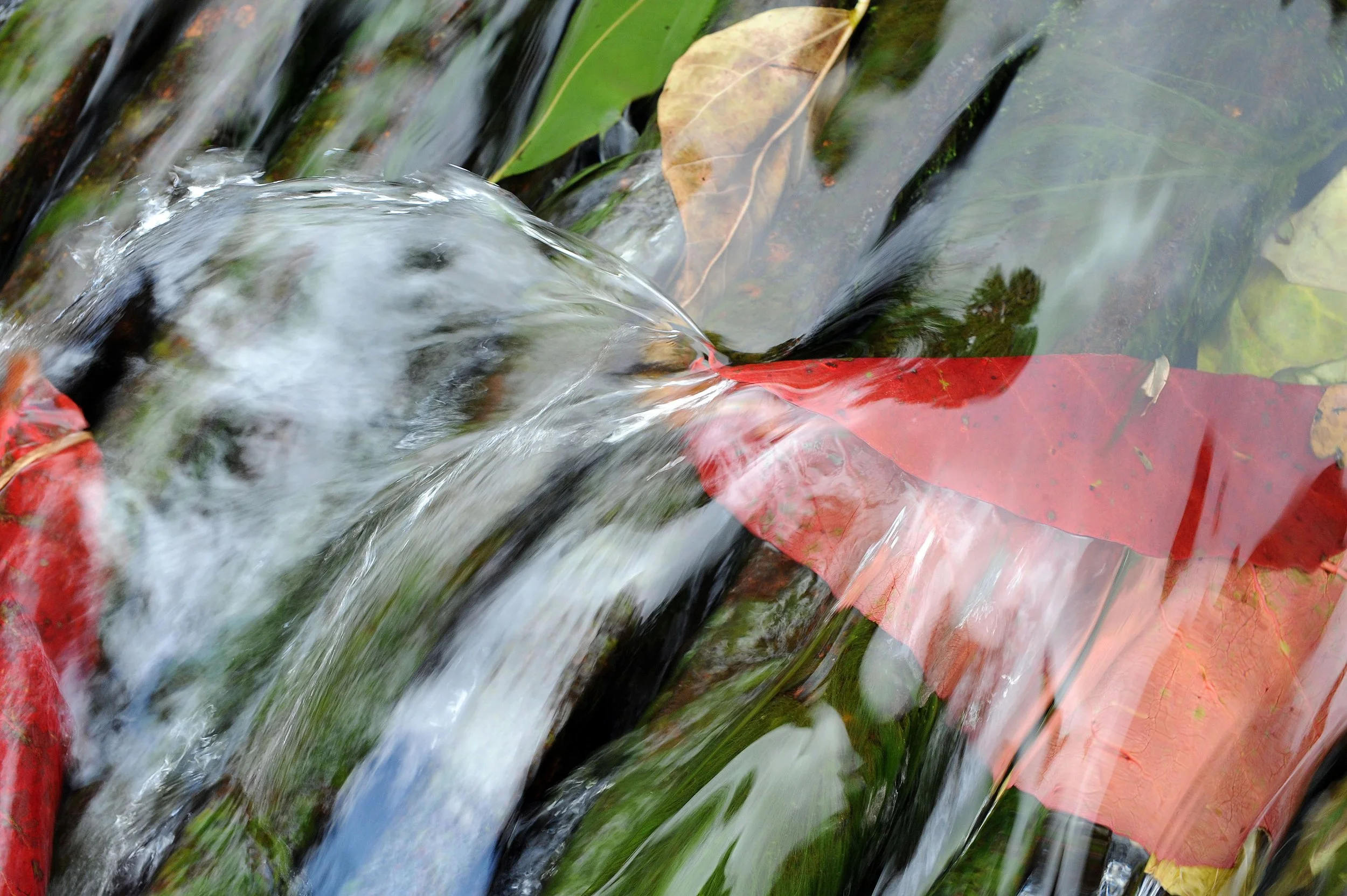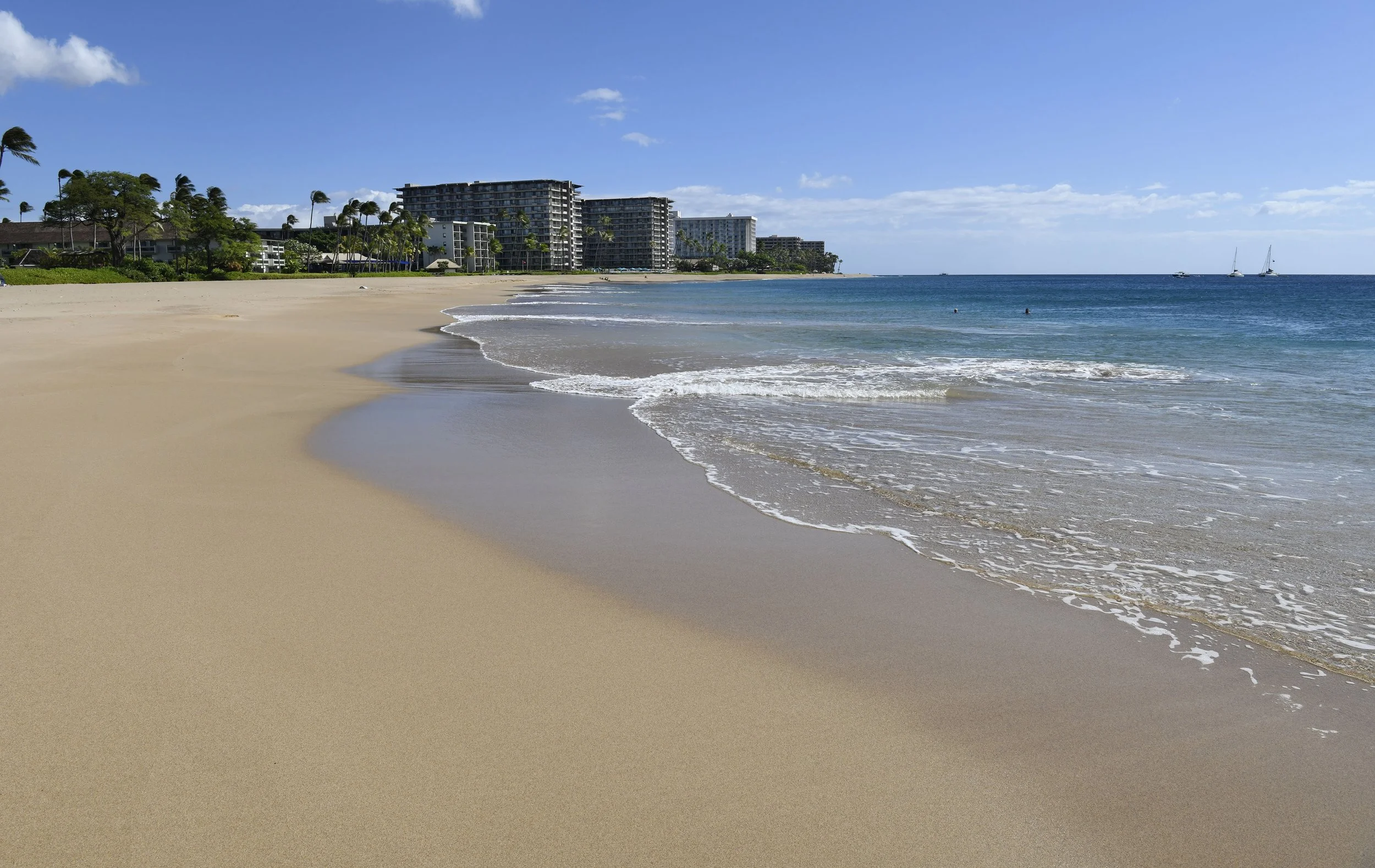Maui's complicated love affair with tourism
A view from the sidelines
A commercial airliner is silhouetted by a Maui sunset. Airlines play an important role in Maui’s tourism-based economy.
Story and Photos by
By MATTHEW THAYER
It was obvious Maui tourism was in the middle of a growth spurt when I moved to the island as a young photojournalist in 1980, but I don't think any of us expected the visitor industry to burgeon so quickly into a global powerhouse.
In those days, sugar cane and pineapple plantations dominated the landscape. Farm machinery rumbled across roads and massive cane fires belched towering mushroom clouds of smoke. The middle of Kahului smelled like a pineapple thanks to Maui Pine's tin-roofed cannery.
Anyone on the Valley Isle who wanted a job could get one. Or two or three, for that matter. The service industry was already the island's biggest employer, but working at the mills and plantations was how many folks got ahead. Big agriculture provided training programs and avenues for advancement. Workers bought homes and put kids through college. There was hope that Maui's bucolic way of life could carry on forever.
Traffic stops as an empty Hawaiian Commercial & Sugar Tournahauler lumbers across Mokulele Highway in 2011.
Smoke from a towering cane fire nearly blocks out the sun in 1999.
In hindsight, the plantations and tourism were already speeding in opposite directions, one elevator headed to the penthouse and another to the basement of history.
The posh Hyatt Regency Maui Resort and Spa opened in Kaanapali in 1980, setting a new island standard for architectural scope and investment. My friends and I used to play tourist by lounging at the fancy pool with its waterfalls and grottos. The Hyatt's disco, Spats, was Maui's hottest spot to dance and party.
The island was transformed over the next 10 years. At the close of the 1980s, Maui was deep into a construction boom and tourism was its unquestioned economic driver. Major hotel and condo projects were either underway or wrapping up in Wailea, Kapalua and Kaanapali. The bedroom communities of Kahului, Wailuku and Kihei were exploding in size. West Maui, Pukalani, Haiku and Kula were also swelling to meet housing demands for both locals and the influx of newcomers.
With a miniscule unemployment rate and thriving economy, even with its plantations fading away, Maui had plenty of jobs to go around. Some were filled by immigrants from the Philippines and others by young Californians fresh out of school. Opportunity lured all sorts of people from around the world to Maui.
The opulent, art-filled Grand Wailea Resort reportedly cost Japanese developer, Takeshi Sekiguchi, $650 million to build when it opened in 1991. It sold in 1998 for a reported $263 million.
On the shoulders of this army of workers, new luxury properties like the Grand Wailea Resort, The Ritz-Carlton Maui Kapalua and Four Seasons Resort Maui at Wailea elevated Maui's worldwide reputation as a premier destination. Not only was it a beautiful, sunny island with amazing sights and beaches, the people were friendly and the service was outstanding. Properties enlisted some of the industry's top minds to run things. Workforce training was offered in high schools and the local community college. University of Hawaii Maui College's excellent culinary arts program continues to be a pipeline for young island chefs and bakers.
Starting at least as early as the 1980s, ad campaigns promoted Maui as "no ka oi." The best. The island began playing host to multiple televised sporting events each year, including professional golf, college basketball and football, world triathlon and surf championships. Spliced within the hundreds of free promotional hours were cutaway shots of humpback whales breaching, surfers riding giant aqua blue waves, sunrise at Haleakala and hula dancers performing at luaus.
Golf fans watch the SBS Tournament of Champions leaders approach the Kapalua Plantation Course's 18th green on the final day of the PGA tourney in 2010. The annual event held the first week of January every year is now sponsored by Sentry Insurance.
Cast members of the Old Lahaina Luau perform at halftime of a Maui Invitational mens college basketball game at Lahaina Civic Center in 2009.
The tourism concept first pitched to Mauians in the 1960s and '70s envisioned vacationers loosely corralled in resorts where they spent their time and money using amenities like golf courses, tennis courts, pools, spas, restaurants and nearby beaches. Impacts on the community would be limited. That hopeful notion was put on life support by millions of free and independent travelers bent on renting convertibles and Jeeps to explore the island. The publication of a bestselling book revealing all of Maui's secret hikes and haunts shoveled dirt over its grave.
Visitors in convertibles navigate winding Hana Highway in 2008. One far destination on the road, the Kipahulu District of Haleakala National Park, reports welcoming an average of 800,000 people a year, which equates to about 500 cars added to local traffic each day. The scenic drive is one of the most popular tourist activities on the island.
Tourism's impacts encroached even further afield when homeowners, often new buyers, began renting out their properties as bed and breakfasts. Quiet neighborhoods suddenly had loud parties at night. B&Bs were blamed for siphoning inventory out of an already stressed long-term rental market and for driving up rents and home prices.
The view near the 10,000-foot summit of Haleakala is overrun by sunrise viewers in 2007. Apart from pandemic and wildfire years, Haleakala National Park averages more than a million visitors a year to the mountaintop.
For as long as I have been on Maui, there have been concerned folks pushing back against the influx. People speaking out against overdevelopment, overtourism and losing old ways of life. They have been Hawaiian elders and activists, environmentalists, proponents of smart growth and just everyday citizens. Poring over legislative bills, sitting through countless hours of meetings, testifying and sometimes protesting, they felt a responsibility to advocate for the land and sea. To stand guard for long-buried ancestors. To protect the interests of generations to come.
The late Hawaiian elder and spiritual leader, Alice Kuloloio, speaks in defense of Hawaiian rainforests in 1989. She and her late son, Leslie Kuloloio, were part of a small, passionate wave of advocates to rise out of the 1970s and 80s. Standing up for the environment, sacred places, long-buried ancestors and the interests of future generations of Hawaiians, they challenged Maui's development boom, changing ways of life and sudden influx of people.
As a veteran journalist who worked for 44 years at The Maui News, I'd estimate that only a small percentage of the projects that faced opposition were completely stopped. Nearly every environmental impact study hearing I covered was eventually followed by a Hawaiian groundbreaking ceremony and then a grand opening blessing.
Money talks. Frustration mounts.
Wins for the opposition were often measured in concessions like workforce housing, coastal setbacks, public beach parking and open space. Meanwhile, flights and direct routes were added nearly every year to meet increasing demand.
The Ritz-Carlton Maui Kapalua was scheduled to be built along the ocean, but the discovery of a major Hawaiian burial site and the outcry it inspired, moved the project inland. The move was a victory for Hawaiian activists. It also cemented a positive relationship between the hotel and the Hawaiian community that continues to this day. This photo was taken in 2006.
California and Western Canada always provided steady winter visitors. Those were joined by guests from Japan, Europe and the rest of the Mainland. Maui's ebb and flow of "busy" and "slow" seasons melded into one yearlong steady season.
Maui tourism reached a tipping point in 2019. Following decades of steady growth, more than 3 million visitors came to the island to set an all-time one-year record. That is a lot of guests to welcome to a remote place where many of the 167,000 residents must work multiple jobs to make ends meet. Maui's roads, infrastructure and workforce were stretched to their breaking points.
Just as a backlash began to take hold in state and county governments, a worldwide pandemic abruptly showed everyone what Maui looks like without tourism. With empty beaches, highways and parks, the people of Maui had the island to themselves. There was time to step off the hamster wheel and live a simpler life, time to catch their breath and time to connect with family and close friends. On the flip side came the stark realities of boarded-up towns, failing businesses and high unemployment.
Lahaina's famed Front Street is deserted on an April day in 2020 as pandemic quarantine restrictions halt tourism and sequester all but Maui's "essential" workers at home. Three years later, on Aug. 8, 2023, these buildings would burn to the ground.
Some prognosticators predicted Maui's economy would need at least a decade to recover from the pandemic. Imagine their surprise when tourism roared back in 2022 to nearly equal the record numbers of 2019. The year 2022 saw 2,952,159 visitors to the island, with revenues reported at $5.82 billion. Again, there were cries of alarm, and again, the industry suffered a gut punch that ground it to a halt.
Fueled by winds gusting more than 70 mph on Aug. 8, 2023, wildfires decimated the beloved harbor town of Lahaina. Long the beating heart of Maui's visitor industry, Lahaina's historic center and most of its housing were reduced to squares of rubble and white ash. Fires that day also claimed a swath of homes in Upcountry Maui and were stopped just short of ravaging Kihei. Lahaina lost 102 lives and more than 2,200 homes, businesses and apartments. Some 10,000 people were displaced.
Two days after the windblown wildfires that decimated Lahaina, the harbor town continues to smolder in this photo taken Aug. 10, 2023. (The Maui News/MATTHEW THAYER photo)
It is impossible to explain such a complicated disaster in the space allowed, but in terms of tourism, it is fair to say the chaotic aftermath brought mixed messaging. At first, state and county officials urged visitors to stay away to give the island time to claim its dead and to get back on its feet. It was uplifting to see how the entire island stepped up to help. Assistance poured in from around the world.
Surviving West Maui hotels and businesses went above and beyond to house and feed those who had been displaced. As weeks stretched beyond a month, businesses on other parts of the island, some of them 40 to 70 miles away from Lahaina's burn zone, began asking officials to encourage visitors to return. The negative messaging was expanding the tragedy, they said.
Frustrated opponents of overdevelopment and overtourism tapped the worldwide focus on Lahaina to speak out and draw attention to their causes. Kaanapali Beach was occupied by a coalition demanding housing for all displaced residents. Videos circulating on the internet included at least one of an activist confronting and shaming elderly tourists on a Kapalua beach.
A sign posted near Mala Wharf in Lahaina this past June asks visitors to give residents privacy in their time of grief.
My cousin and his wife had to decide whether to cancel a long-booked hiking vacation on Maui set for six weeks after the fires. The things they saw online concerned them. Since I was in the community covering the story, they asked for my opinion.
West Maui was grieving and should be avoided, I explained. The whole island had been knocked sideways, but six weeks in, many businesses were open, particularly in East Maui, where they planned to spend their time. Respectful tourists would be appreciated, I said, adding that many guests had turned their vacations into volunteer opportunities during the recovery efforts. With so few visitors on the island, they would have the trails to themselves.
Out of an abundance of respectful caution, they elected to take a pass.
A year after its devastating wildfires, most of Lahaina's debris has been removed and its properties covered with a layer of gravel. Fronting the still-closed Lahaina Harbor are (from right): the cleared pads of King Kamehameha III Elementary School, Lahaina’s banyan tree sprouting green leaves, the shell of Old Lahaina Courthouse, the meager remains of the Pioneer Inn and Lahaina Public Library.
It has been more than a year since the fires. Great strides have been made with the recovery by the U.S. Army Corps of Engineers, Federal Emergency Management Agency (FEMA), American Red Cross, county and state government agencies and countless individuals and organizations. Nearly all of the Lahaina fire debris has been removed. There are signs of rebuilding in some neighborhoods. Enrollment in West Maui schools has reportedly dropped more than 20 percent, but the schools are open. Also open are resort properties and businesses down the coast in Kaanapali, Kahana, Napili and Kapalua.
Officials say Lahaina's commercial district could take years, maybe decades, to be replaced. The layout of the town and what it will look like has yet to be announced. There are many diverse ideas and interests at play. Some of the competing voices are quite passionate. Others work quietly behind the scenes.
What made Lahaina beloved by tourists went far beyond its clear blue ocean, majestic views, fine dining, historic sites and raucous watering holes. A walk down Front Street was a stroll in a simpler, slower time. Lahaina was colorful and funky, inhabited by an evolving cast of characters. Multimillionaire celebrities shopped for art alongside doughy Midwesterners in matching aloha wear. The harbor pulsed with life, especially during whale watching season or when big south swells drew surfers from around the island.
A former floating museum, the Carthaginian is towed away from Lahaina Harbor in 2005 on its way to being scuttled about a half mile offshore from Puamana. The 85-year-old boat spent 32 years berthed in Lahaina where it became a favorite subject for tourist snapshots, post cards, television videos and professional paintings. In the background is venerable Pioneer Inn, which was destroyed by fire in 2023.
Behind its laidback facade, Lahaina was a working-class town filled with working-class people. They took pride in their hometown's history and appreciated that they lived in one of Earth's special places. They cherished their high school football team, Lahainaluna's red-clad state champion Lunas, and still show rousing support for all the school's sports teams.
From housekeepers and cocktail servers to boat captains, store clerks and landscapers, a majority of the displaced Lahaina residents were employed, directly or indirectly, by the visitor industry. The devastation forced many to relocate to other parts of the island, the state or overseas. The result has been long commutes for workers and tight staffing for employers.
As of this writing, Maui's tourism has recovered a bit, but numbers continue to lag far below the overheated years of 2019 and 2022. An industry executive speaking recently about target occupancy said "80 percent is the new 100 percent" for island resorts. Properties do not have enough staffing to accommodate full houses, she said.
Surplus rental cars are parked in a field on the perimeter of Kahului Airport this week. In the background is shuttered Puunene Mill, which ceased sugar processing operations in 2016. At the start of the pandemic in March of 2020, more than 20,000 idled rental vehicles were parked in fields and parking lots around the airport and the town of Kahului. Many, if not most, were shipped back to the Mainland in the ensuing months, leaving rental companies short of stock when tourism roared back in 2022.
Prices that rose for rooms, meals and activities during the dog days of the pandemic seem to have only gone higher. Maui has always prized its outsized number of repeat guests. Travelers fell in love with the island and just kept coming back. As prices rise, it risks becoming a once-in-a-lifetime visitor destination.
Three million visitors a year was not sustainable before the fires, and it is certainly not afterwards. Maui faces many social, infrastructure and economic challenges in the years to come. Already in a housing crunch, the fires exacerbated the issue. In response, county officials have proposed a ban on short-term rentals in neighborhoods and traditional long-term rental properties. This could affect up to 7,000 units. With so much on the line for B&B investors and property owners, the issue seems destined to end up in the courts.
Indiana dad Mike Ripley poses for a selfie with daughter Katlyn Ripley during a visit to Haleakala National Park in March of 2023.
Visitors to the summit at Haleakala National Park hike Sliding Sands trail in March of 2023.
The $5.8 billion question is whether travelers who have so many choices in the world will pick Maui as it wobbles through the second year of its recovery. Small business owners I know are hoping they do. And they're not the only ones. With its trickle-down economic effect, tourism provides the island's lifeblood for much of its public and private spending.
Even the most vocal opponents of overtourism might grudgingly agree that some level is necessary—with caveats, of course. They would remind visitors to be mindful of what was lost and to respect the privacy of those who were displaced or still grieving. They would ask guests to treat the island as the spiritual place it is. Take time to learn about the host culture. Leave light footprints.
Though Maui has taken a terrible wallop, its track record says tourism is not to be counted out. Despite its many challenges, the island remains an attractive destination. Its beaches are still pristine, the whales come back each winter, the sun still shines, the trade winds still blow and its hospitality industry still takes pride in showing appreciative guests a good time.
Among the bumps the visitor industry must navigate on its road back are rising vacation prices, government intervention and worker shortages spawned by Maui's lack of housing and soaring cost of living. The working class is finding it increasingly difficult to live here. Many have elected to leave and others are considering it.
As with many love affairs, Maui's relationship with tourism has had its ups and downs. At its best, tourism is a clean industry that injects billions of dollars into the economy without extracting much in the way of natural resources. People arrive, spend their money, have a good time and go home. Ideally, they learn to embrace the Aloha Spirit while they're here and take some of that positivity and understanding back from whence they came.
Clear mountain water flows over leaves in Wailuku River in 2008 in Iao Valley. On an island where drought is common, and where a Maui County Stage One water shortage is currently in place asking residents and businesses to conserve at least 10 percent of usage, the vital resource is expected to play an increasing role in determining how much development gets built and where.
Usually packed Kaanapali Beach is virtually empty in September of 2023, one month after the wildfires that destroyed most of nearby Lahaina town.
At its worst, tourism becomes a parasite that overruns its host. Think of 3 million visitors a year and imagine that number continuing to rise unchecked.
As the world's population grows, so does the demand for travel. Can the state and county governments provide meaningful and enforceable guardrails? Will local adversaries make enough noise to cause travelers to think twice? Or will market forces, such as a lack of workforce housing, astronomical room rates and diminished services, do the job for them by driving visitors elsewhere?
Those types of thoughts make some business and community leaders queasy. Ditto for the investors around the world who own Maui’s resort properties and trade them like Monopoly pieces.
With such a track record, it is tough to bet against Maui's allure, but the island faces serious challenges, including an overdue reckoning with its long, complicated love affair with tourism. It appears unlikely the industry will ever experience the sort of unchecked growth it had in the past. There isn't enough water, workers or infrastructure to sustain such development.
Of course, that's what we all thought in 1980.




